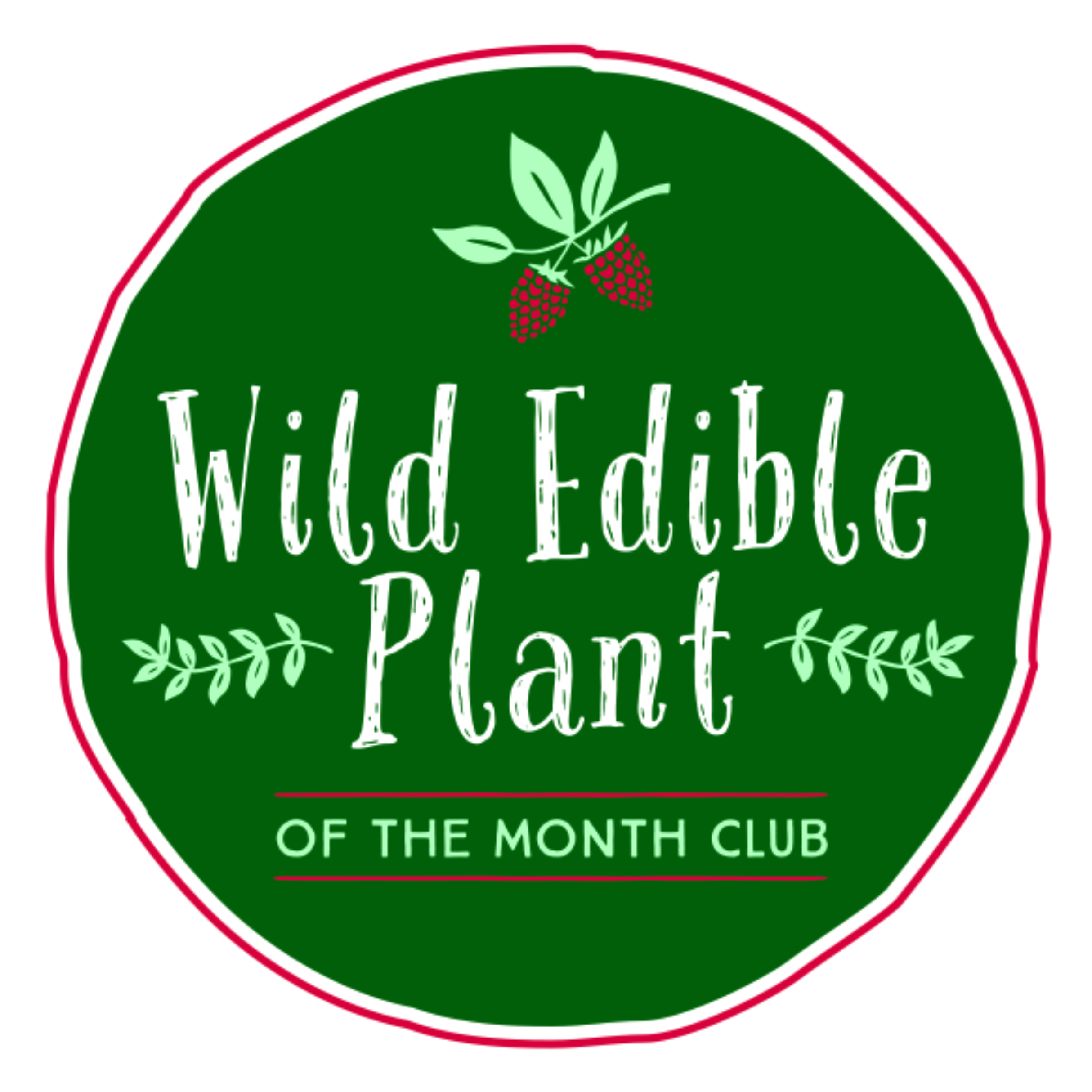Narrow-leaf Plantain: Plantago lanceolata
Scientific Name: Plantago lanceolata
Common Names: Narrow-leaf Plantain, Lanceleaf Plantain, English Plantain, Ribwort Plantain
Family: Plantaginaceae
Native Region: The Narrow-leaf Plantain is native to Europe and parts of Asia.
Habitat: This plant can be found in various habitats, including lawns, fields, meadows, pastures, and disturbed areas like roadsides and pathways.
Leaf Shape: Lance-shaped or linear, narrow leaves.
Leaf Margin: The leaf margin is smooth with parallel veins.
Leaf Arrangement: The leaves form a basal rosette.
Flower: The flowers are small and inconspicuous, arranged on a spike-like inflorescence. They have four greenish-white petals and grow on a tall, slender stem.
Plant Height: The Narrow-leaf Plantain can grow up to 15-50 cm (6-20 inches) tall.
Life Cycle: This plant is a perennial, meaning it lives for several years.
Interesting Facts:
Narrow-leaf Plantain is often considered a common weed, but it has medicinal uses and is edible.
The leaves of the plant contain mucilage, giving them a slimy texture when chewed, which is soothing for minor wounds and skin irritations.
It is a popular plant in herbal medicine and has been used for centuries to treat various ailments, such as respiratory issues and digestive problems.
The seeds of the plant are edible and have been historically used as a food source.
It is a hardy plant and can withstand heavy foot traffic, which is why it is often found in lawns and other frequently disturbed areas.
Edible Parts: The young leaves and seeds of the Narrow-leaf Plantain are edible.
Taste: The taste of the leaves is mild, somewhat similar to spinach.
Harvesting: The leaves can be harvested at any time, but they are best when young and tender. The seeds can be collected when they are ripe and turning brown.
Poisonous Parts: There are no known poisonous parts of this plant.
Unique Identifying Features:
Narrow, lance-shaped leaves with parallel veins.
Basal rosette arrangement of leaves.
Spike-like inflorescence with small greenish-white flowers.
Slender, tall stems with seeds that are visible on the flower spike as it matures.
The leaves have a slight ribbed appearance due to the parallel veins.
Harvestable Parts:
Young leaves.
Seeds.
Dangers: There are no known dangers related to consuming or touching this plant. However, be cautious when harvesting any wild plant and ensure proper identification.
Recipes:
Wild Green Salad: Combine young Narrow-leaf Plantain leaves with other wild greens, cherry tomatoes, and a simple vinaigrette for a nutritious salad.
Plantain Pesto: Blend fresh Narrow-leaf Plantain leaves, basil, garlic, pine nuts, Parmesan cheese, and olive oil to make a delicious pesto sauce.
Herbal Tea: Dry the leaves and use them to make a soothing herbal tea that can help with respiratory issues.
Kitchen Uses:
Use the young leaves in salads, stir-fries, or as a cooked green.
The seeds can be roasted and added to various dishes or ground into a flour substitute.
Please remember that before consuming any wild plant, it is crucial to be absolutely certain of its identification and consult a local expert or reputable resource to ensure it is safe and appropriate for consumption. Additionally, when using wild plants in recipes, it's essential to verify the reliability and safety of the sources you find.
Disclaimer for WildEdiblePlantoftheMonth.com:
The information provided on WildEdiblePlantoftheMonth.com is for entertainment and educational purposes only. While we strive to ensure accuracy and provide reliable information, we cannot guarantee the completeness, relevance, or timeliness of the content presented.
Before using or consuming any plant mentioned on this website, we strongly recommend verifying the information with a qualified health professional or medical doctor. It is essential to exercise caution and always seek the advice of a health professional before touching, handling, or consuming any wild edible or medicinal plant matter.
The content on this website is not intended to diagnose, prescribe, or treat any illness, injury, or health condition. We do not assume any liability or responsibility for any allergic reactions, illnesses, or injuries that may occur as a result of using the information presented on this website or trying any traditional or folk remedies.
As with any natural product, wild edible and medicinal plants can be toxic if misused. It is essential to understand the proper identification, preparation, and usage of these plants before incorporating them into your diet or daily routine.
Please exercise caution and keep all plants, especially toxic ones, out of the reach of children and pets.
By accessing and using the information provided on this website, you agree to do so at your own risk. WildEdiblePlantoftheMonth.com, its authors, contributors, and affiliates cannot be held liable for any damages, losses, or negative consequences resulting from the use of the information on this website.
Always prioritize your safety and well-being by seeking advice from a qualified health professional or medical doctor when dealing with health-related concerns or conditions.
